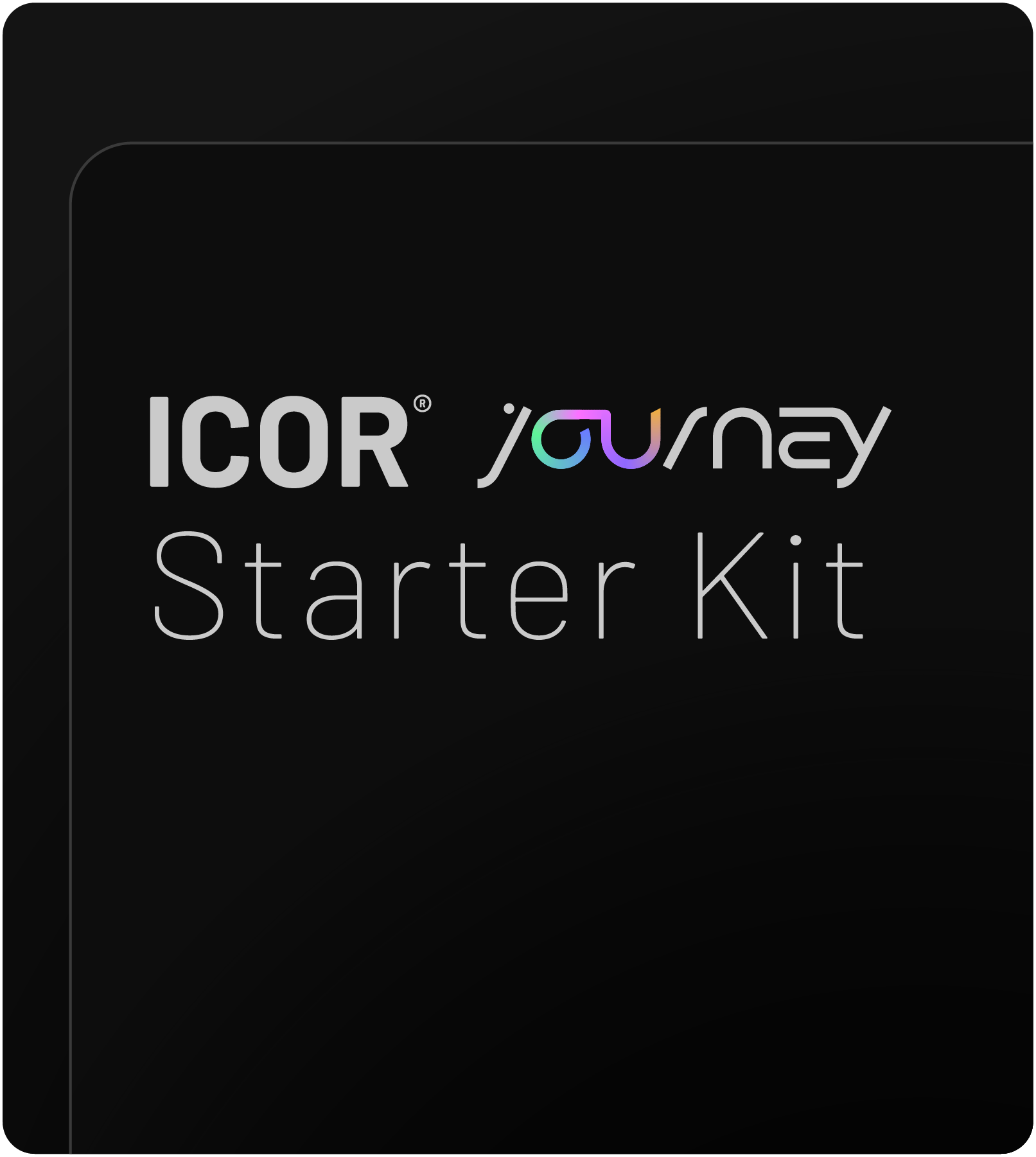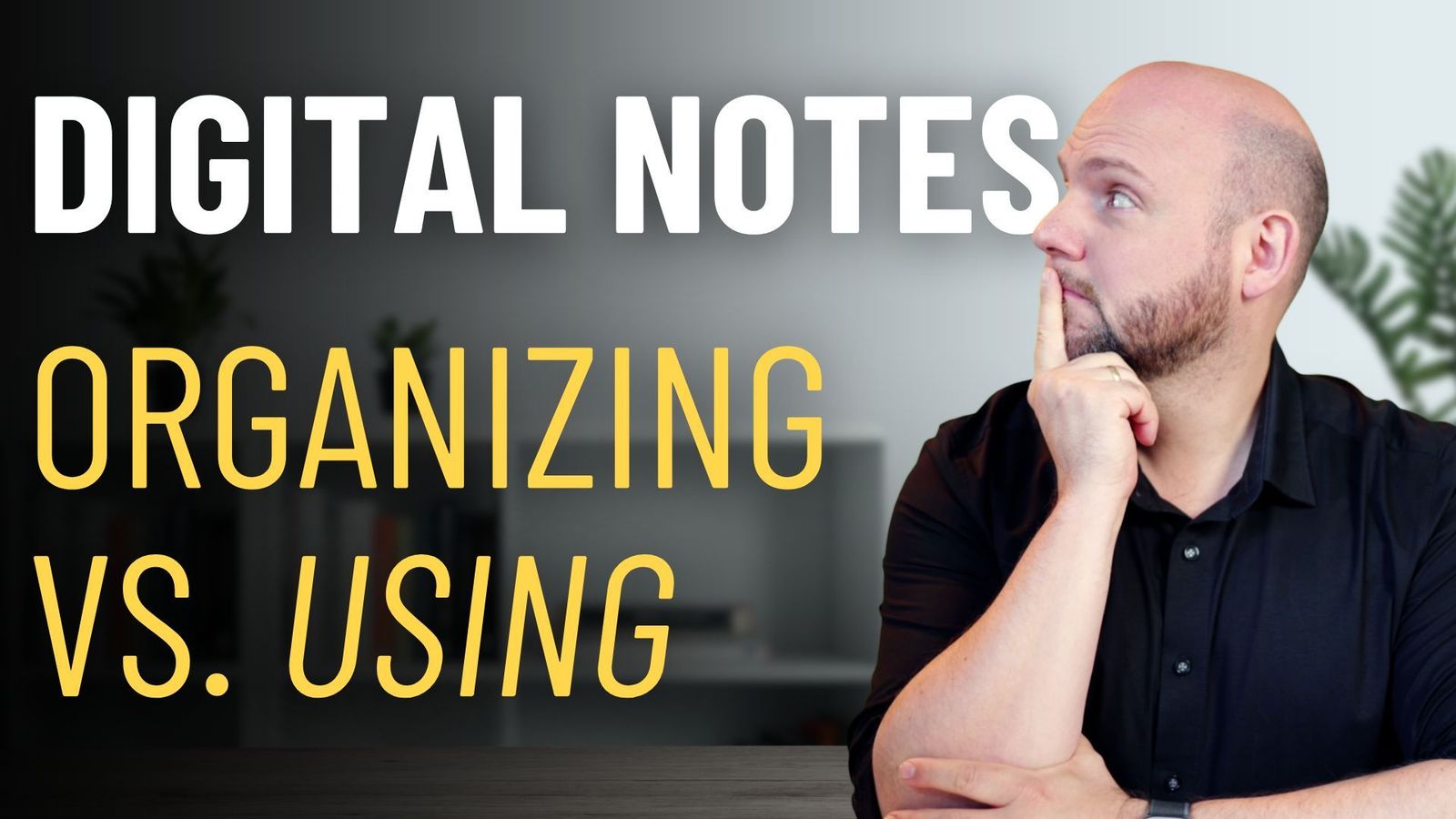In the digital age, the choice between traditional paper notebooks and modern handwriting tablets like reMarkable and iPads can significantly impact your productivity system. Busy Professionals often find themselves at a crossroads, wondering which tool best supports their work and high-performing teams. Let’s explore the intricacies of note-taking and how different tools fit into a comprehensive productivity system.
The Value of Handwritten Notes
Handwritten notes have been scientifically proven to enhance memory retention. In a meeting, using a paper notebook or a handwriting tablet is often more engaging than typing on a laptop. However, the journey of effective note-taking doesn’t end with the act of writing. The challenge lies in what happens to those notes afterward and how they integrate into a broader productivity system.
Personal vs. Business Knowledge Management
Understanding the distinction between Personal Knowledge Management (PKM) and Business Knowledge Management (BKM) is crucial. Personal work notes, whether jotted down in a meeting or on the go, need to be processed and integrated into a system that supports both personal productivity and team collaboration. Tools like Apple Notes, Notability, and GoodNotes often come into play here. While these tools offer useful features like folder structures and tags, their true value is unlocked when they are part of a larger, well-defined workflow.
The Role of Intermediate Note-Taking Tools
Intermediate note-taking tools serve as temporary holding spaces for information. Whether using a piece of paper, a reMarkable, or an iPad, the key is not to let these tools be the final resting place for your notes. Instead, they should act as intermediaries before transferring the information to your core productivity systems. For example, Apple Notes can be used for quick, frictionless note-taking, but it’s essential to process these notes into your primary knowledge management systems, such as Heptabase for deep thinking or Tana for shallow thinking.
Processing and Final Destinations
The efficiency of your productivity system hinges on routines that ensure regular processing of information from intermediate tools to final destinations. This could involve moving tasks from Apple Notes into a dedicated project management tool like ClickUp or Todoist. The goal is to maintain a single source of truth for each type of information, ensuring that tasks, notes, and project details are centralized and easily accessible.
The IO Methodology
Implementing the ICOR® (Information Capture, Organization, Retrieval) methodology within your team can revolutionize how information is managed and shared. By delineating between different types of information and their respective storage solutions, you can reduce the chaos of scattered notes and improve overall efficiency. This approach helps ensure that all team members have a clear view of project statuses and necessary actions, minimizing time spent on “work about work.”
Enhancing Team Collaboration
For teams, especially those in large corporations or managing multiple projects, having a robust business Knowledge Management system is vital. This system should facilitate seamless information sharing and collaboration, breaking down silos and enabling efficient project management. By integrating personal and business knowledge management practices, teams can achieve a higher level of productivity and project success.
We invite you to join the Paperless Movement® Membership to learn comprehensive productivity strategies through our detailed courses on Note-Taking, PKM, Task Management, and Project Management. For those seeking personalized support, consider our Inner Circle cohort program, where you can receive direct coaching from Tom Solid and Paco Cantero to build a highly effective productivity system tailored to your needs.




